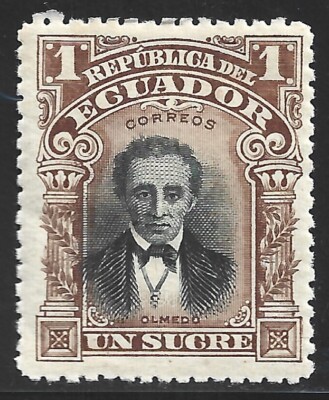Introduction
Ecuador, located on the equator in South America, boasts a rich tapestry of culture, history, and natural beauty. It is renowned for its diverse ecosystems, including the Amazon rainforest, Andes mountains, and the Galápagos Islands. In recent years, Ecuador has captured global attention due to its efforts toward sustainable tourism and conservation, making it a topic of increasing relevance in discussions about environmental stewardship and cultural preservation.
Current Events and Developments
In 2023, Ecuador has been navigating a complex political landscape following the assassination of presidential candidate Fernando Villavicencio, which shocked the nation and raised concerns about security and governance. As the country approaches its upcoming elections, the political climate remains tense, with citizens expressing a desire for greater stability and safety.
Economically, Ecuador is working to rebound post-COVID-19, with tourism showing signs of recovery. The government has implemented various measures aimed at attracting international tourists, such as promoting its natural attractions and cultural heritage. The Galápagos Islands, in particular, have become a focal point due to their unique biodiversity and UNESCO World Heritage status. Additionally, renewable energy initiatives, focusing on hydroelectric power, are being expanded to reduce reliance on fossil fuels.
Environmental and Cultural Significance
Ecuador’s commitment to conservation is illustrated by its efforts to protect the Amazon rainforest, a critical area for biodiversity that also plays a crucial role in combating climate change. Indigenous communities within the Amazon are increasingly active in advocating for their rights and sustainable practices, contributing to a broader discourse on environmental justice.
Culturally, Ecuador is famed for its rich traditions, festivals, and gastronomy. Cities like Quito and Cuenca draw visitors not only for their historical architecture but also for their lively markets and vibrant street food scenes. The country’s diverse population, which includes various Indigenous groups, mestizos, and Afro-Ecuadorians, enriches its cultural fabric.
Conclusion
As Ecuador continues to navigate political, economic, and social challenges, the nation remains a significant player on the world stage. Its commitment to sustainable practices, coupled with its rich cultural heritage, positions it as a destination worth exploring. The importance of fostering understanding and respectful engagement with Ecuadorian culture and environmental initiatives cannot be overstated, offering lessons in resilience and diversity that are crucial in today’s global landscape. Looking ahead, Ecuador’s path will not only shape its national identity but also contribute to broader conversations about sustainability and human rights in the region.


